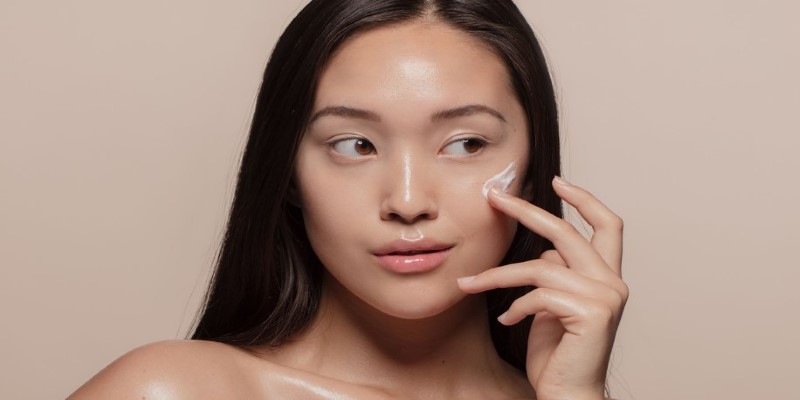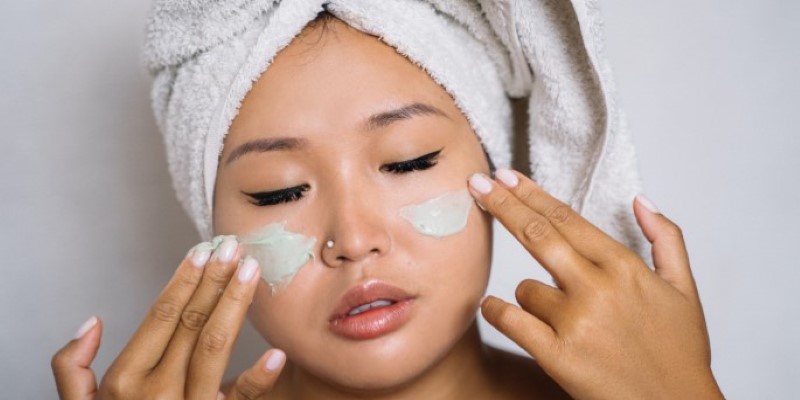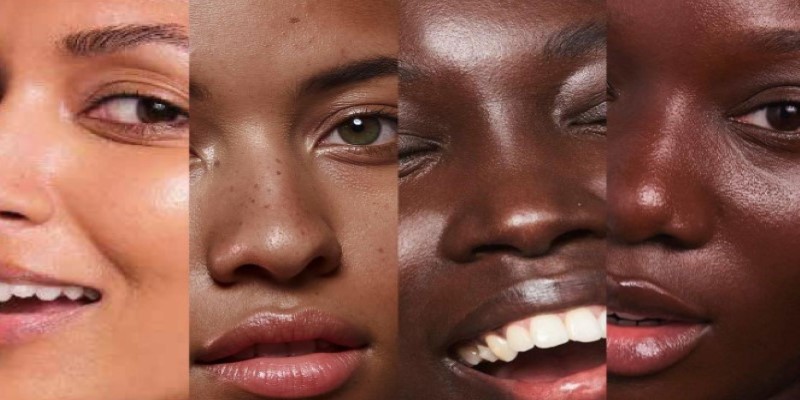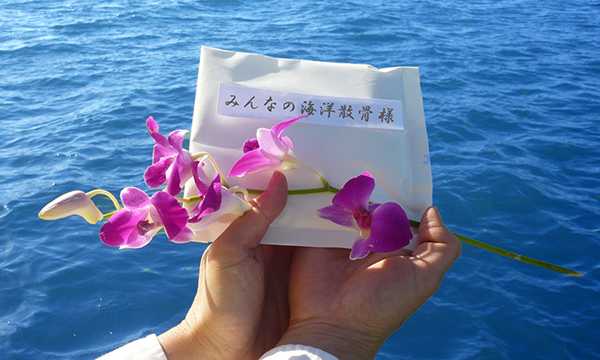【散骨葬のすべて】自然に還る新しいお別れのかたち|費用・流れ・よくある質問
What Is The ‘Slugging’ Trend And Should You Try It?
In the world of skincare, trends come and go, but some methods stand out for their simplicity and effectiveness. One such trend is slugging, a technique that has captured the attention of beauty enthusiasts and experts alike. Originating from Korean skincare practices, slugging involves applying a thick layer of an occlusive agent, typically petroleum jelly, over the skin as the last step in your nighttime routine.
In the skincare world, trends come and go, but some methods stand out for their simplicity and effectiveness. One such trend is slugging, a technique that has captured the attention of beauty enthusiasts and experts alike. Originating from Korean skincare practices, slugging involves applying a thick layer of an occlusive agent, typically petroleum jelly, over the skin as the last step in your nighttime routine.

This approach aims to create a protective barrier that locks in moisture and enhances the benefits of other skincare products. As more people explore ways to achieve healthy, hydrated skin, slugging has gained popularity, sparking discussions about its effectiveness and suitability for different skin types. But is it right for you? Understanding the benefits, potential drawbacks, and best practices for slugging can help you decide whether to incorporate this trend into your skincare routine.
Understanding Slugging
The concept of slugging in skincare derives its name from the glossy, slick skin appearance after applying an occlusive layer, which resembles a slug's slimy trail. This technique finds its roots in Korean beauty routines, known for their meticulous approaches to skin health and hydration. Originally designed to combat dryness and enhance the efficacy of other skincare products, slugging has transcended its cultural origins and gained traction worldwide. It particularly appeals to those seeking a simple yet effective method to improve skin hydration and barrier function, making it a popular choice among beauty enthusiasts. The growing interest in slugging reflects a broader trend toward prioritizing skin health and exploring methods that provide long-lasting moisture and protection.
How Slugging Works
At its core, slugging serves a vital purpose: it creates a protective barrier that significantly reduces water loss from the skin. This occlusive layer effectively locks in moisture and active ingredients, allowing the skin to replenish and repair itself during the night when cell regeneration is at its peak. This is especially advantageous for individuals dealing with dry or compromised skin barriers, where maintaining hydration is crucial for overall skin health. By preventing transepidermal water loss, slugging supports the skin's natural healing processes and can lead to a smoother, more resilient complexion.
Benefits Of Slugging
Slugging comes with a range of benefits that can transform your skincare routine.
Enhanced Hydration: One of the most immediate advantages of slugging is its ability to trap moisture, ensuring the skin remains hydrated throughout the night. This is particularly beneficial for those with dehydrated skin, as it helps to restore a healthy, plump appearance.
Skin Barrier Repair: Slugging is crucial in reinforcing the skin's natural barrier by preventing water loss. This is especially important for individuals whose skin may be damaged or compromised due to environmental stressors or underlying skin conditions.
Improved Product Efficacy: The sealing effect of slugging can also enhance the performance of serums and moisturizers before the occlusive layer. By keeping these products in close contact with the skin, their active ingredients can penetrate more effectively, maximizing their benefits.
Potential Drawbacks
Despite its many advantages, slugging may only be suitable for some. Individuals with oily or acne-prone skin should approach this technique with caution. The heavy layer of occlusive agents can clog pores, leading to breakouts or exacerbating existing skin issues. Therefore, evaluating your skin type and consulting with a dermatologist before integrating slugging into your routine is crucial. A professional can provide tailored advice on whether this method aligns with your specific skin needs and concerns.
How To Practice Slugging
Incorporating slugging into your skincare routine is relatively straightforward. Start by cleansing your face with a gentle cleanser to remove impurities. Next, apply any treatments or serums you typically use to address specific concerns, such as hydration or anti-ageing. Follow this step with a moisturizer to ensure your skin is well-hydrated. Finally, seal everything in by applying a thick layer of an occlusive agent, such as petroleum jelly, over your entire face. This final step is crucial for the slugging process, as it locks in all the moisture and active ingredients.

Choosing The Right Occlusive Agent
Petroleum jelly is the most commonly used product for slugging due to its effectiveness in preventing water loss. However, alternatives like Aquaphor, which contains additional moisturizing ingredients such as mineral oil and panthenol, offer a more nourishing option. When selecting an occlusive agent, choosing a product that aligns with your skin type and addresses any specific concerns you may have is essential. Always conduct a patch test to ensure your skin tolerates the product well.
Skin Types And Slugging
Different skin types respond differently to slugging. This technique can be especially beneficial for dry skin, helping retain moisture and support the skin's natural barrier. However, slugging may not be advisable for individuals with oily skin, as the heavy layer can clog pores and increase breakouts. Those with sensitive skin should also proceed cautiously and consult a dermatologist to determine the best approach for their unique needs.

Frequency Of Slugging
Incorporating slugging into your skincare routine once or twice a week is sufficient for most individuals. Overuse can lead to clogged pores and various skin issues, so paying attention to your skin's response is vital. Adjust the frequency based on how your skin reacts, ensuring it remains healthy and balanced.
Alternative Methods For Skin Hydration
If slugging isn't a good fit for your skin, alternative methods to enhance hydration exist. One approach is layering hydrating products, which involves applying multiple layers of serums and moisturizers to achieve a similar effect without the heaviness of an occlusive agent. Another method is using a humidifier in your bedroom, which can introduce moisture into the air and benefit your skin overnight. Hydrating masks can offer an extra moisture boost and can be incorporated into your routine.

Try Slugging Today—But Listen To Your Skin
Slugging can be a game-changer for individuals with dry or compromised skin, offering a simple yet effective way to enhance hydration and support skin barrier repair. However, it's not a one-size-fits-all solution, especially for those with oily or acne-prone skin. Listening to your skin's needs and consulting with a dermatologist can help determine if this method suits you. If you try slugging, use it in moderation and always pay attention to how your skin reacts.











